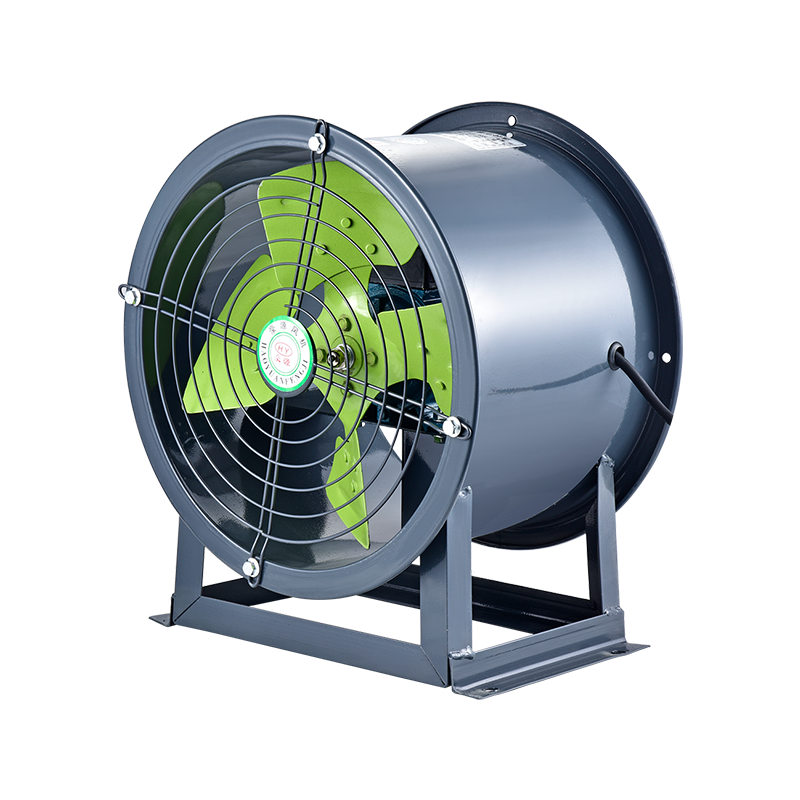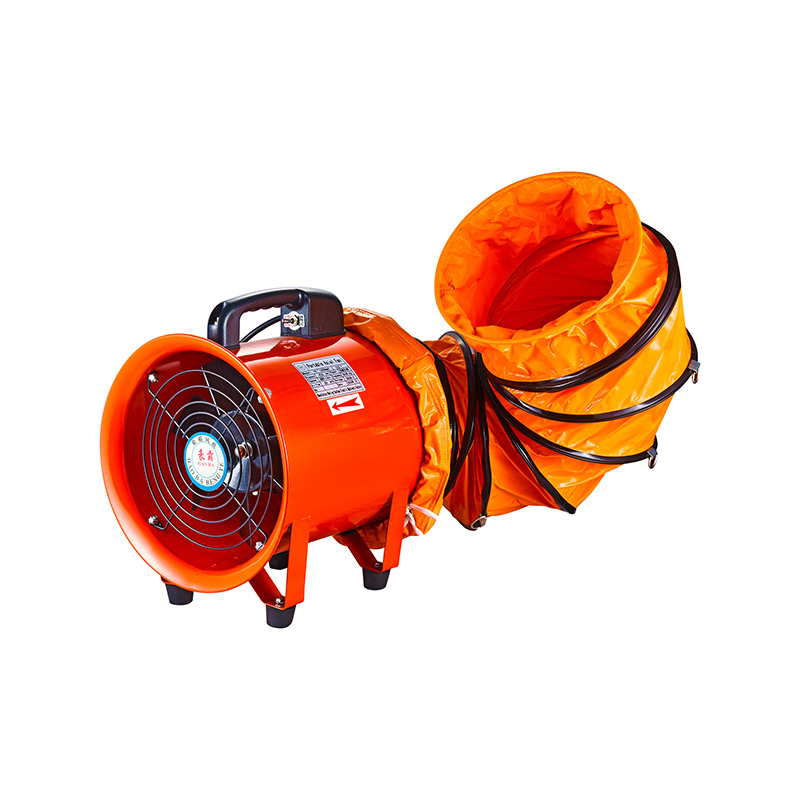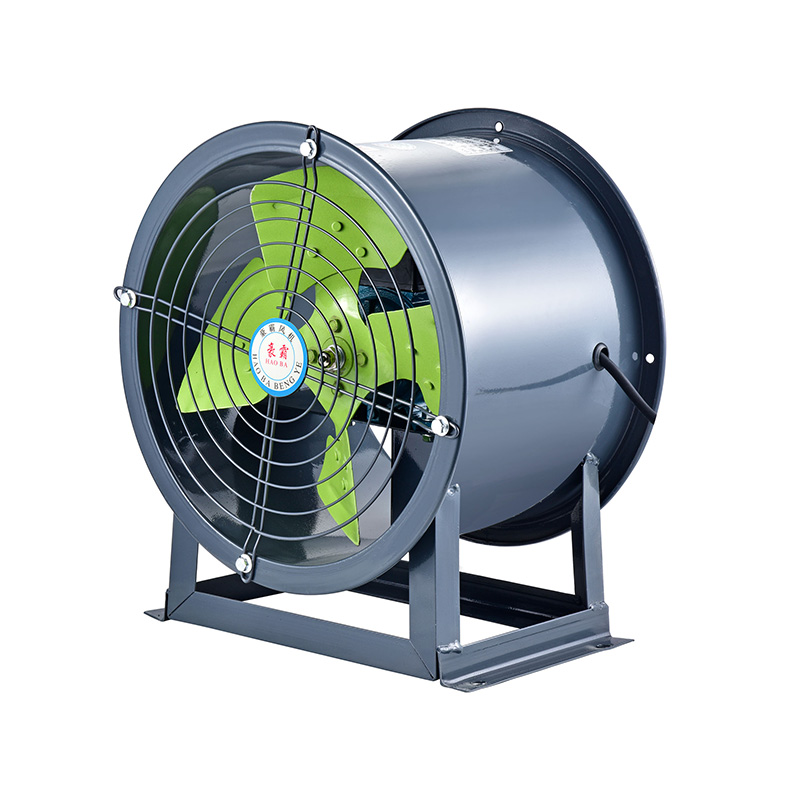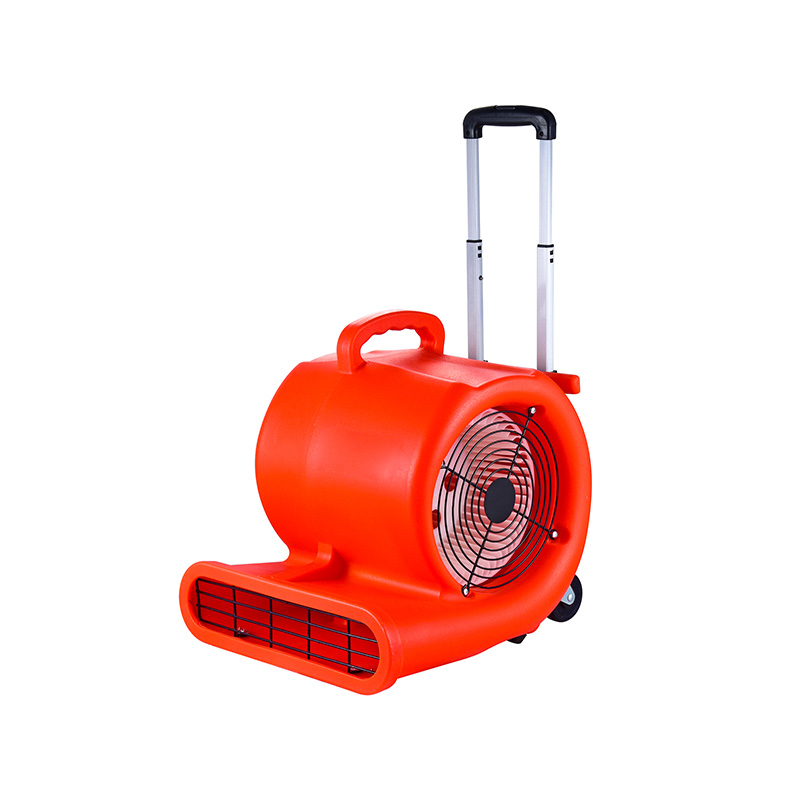Choosing The Right Fan For Greenhouse Ventilation
2025-07-08
Greenhouse ventilation is a critical factor in maintaining a healthy and productive growing environment. Proper airflow helps regulate temperature, humidity, and carbon dioxide levels, which directly affect plant growth and yield. Selecting the right type of fan is essential for achieving efficient ventilation tailored to the specific needs of a greenhouse. Among various fan options, the small centrifugal blower, air centrifugal blower, and rotor ventilator are commonly considered due to their different strengths and applications.

When it comes to greenhouses, a small centrifugal blower often fits well for localized or smaller-scale ventilation needs. These blowers are known for their ability to generate relatively high pressure at moderate airflow rates, which makes them suitable for moving air through ductwork or filters. A small centrifugal blower can be installed to provide fresh air circulation in tighter spaces or to assist other ventilation systems by increasing air movement in critical zones. Their compact design allows for easy integration in confined greenhouse areas without compromising on performance.
In larger greenhouses or those requiring more extensive airflow management, an air centrifugal blower is frequently chosen. This type of blower is designed to move larger volumes of air with steady pressure, making it effective for exhausting hot air and bringing in fresh air uniformly. The air centrifugal blower is particularly useful in setups where air needs to be pushed or pulled through long duct systems or multiple vents. Because these blowers can handle substantial air volumes, they contribute significantly to reducing heat buildup and preventing stagnation within the greenhouse environment.
Another viable option for greenhouse ventilation is the rotor ventilator. Unlike centrifugal blowers, rotor ventilators typically rely on natural or low-energy methods to facilitate airflow. They are often mounted on greenhouse roofs or walls and use the principle of wind-driven rotation or motorized rotation to pull hot air out and allow fresh air to enter. Rotor ventilators are valued for their simplicity and energy efficiency, especially in situations where continuous mechanical ventilation might not be necessary. When combined with other ventilation methods, rotor ventilators help maintain air exchange with small electrical consumption.
Choosing among these ventilation options depends largely on the greenhouse’s size, layout, and specific environmental needs. For example, a small greenhouse with a simple ventilation setup might perform well using just a small centrifugal blower to circulate air evenly and prevent hotspots. On the other hand, a commercial greenhouse spanning several thousand square feet will likely benefit from multiple air centrifugal blowers placed strategically to manage airflow throughout the entire structure. In this case, rotor ventilators could also be used as supplementary devices to enhance passive ventilation and reduce operational costs.
It is also important to consider the operational environment and maintenance requirements when selecting a fan. Small centrifugal blowers, while compact, can be sensitive to dust and moisture if not properly protected, requiring regular cleaning to maintain airflow efficiency. Air centrifugal blowers, given their robust design, tend to tolerate harsher conditions but still benefit from routine checks to ensure bearings and motor components are in good condition. Rotor ventilators, with fewer moving parts and a simpler design, usually require less frequent maintenance but need to be monitored for proper rotation and sealing to avoid leaks.
Energy consumption is another critical factor to evaluate. Both small centrifugal blower and air centrifugal blower systems consume electrical power proportional to their size and airflow capacity. In contrast, rotor ventilators often use small power, especially if they operate primarily on wind or solar energy. Therefore, integrating rotor ventilators with centrifugal blowers may offer a balanced solution that reduces overall energy use while maintaining sufficient ventilation.
Another advantage of using a small centrifugal blower or air centrifugal blower in greenhouse ventilation is their ability to maintain consistent airflow regardless of external weather conditions. This consistency is crucial for greenhouses located in regions with fluctuating outdoor climates. Rotor ventilators, while efficient in many settings, rely partially on wind conditions, which means their performance can vary. Combining these ventilation options can ensure stable airflow and good environmental control.
When installing any of these ventilation fans, placement is key. Small centrifugal blowers are often installed near plant beds or inside enclosed sections of the greenhouse to target specific areas. Air centrifugal blowers are typically mounted in larger ventilation ducts or near exhaust outlets to manage overall air exchange. Rotor ventilators, being external components, are placed on roofs or walls where they can effectively use wind to ventilate the interior space.
In summary, selecting the right fan for greenhouse ventilation requires a thoughtful approach based on the greenhouse’s size, airflow requirements, and energy considerations. Small centrifugal blowers provide compact, high-pressure air movement suited for localized ventilation. Air centrifugal blowers handle larger air volumes with steady pressure, making them ideal for bigger installations. Rotor ventilators offer an energy-saving option that enhances passive airflow, especially when paired with mechanical ventilation. By understanding the capabilities and applications of these fan types, greenhouse operators can create an environment that supports healthy plant growth and efficient energy use.

 English
English русский
русский عربى
عربى









